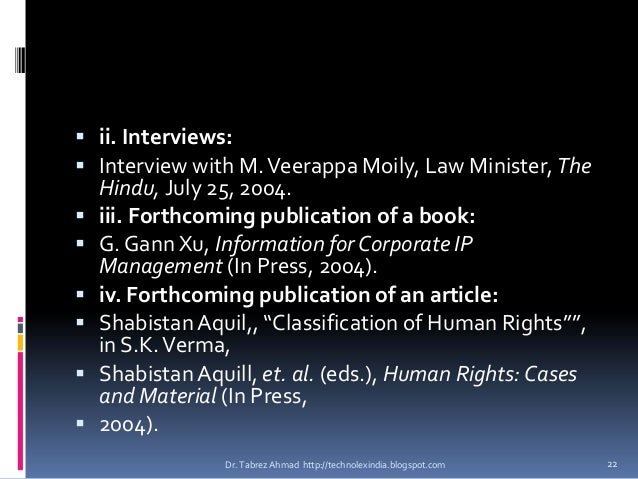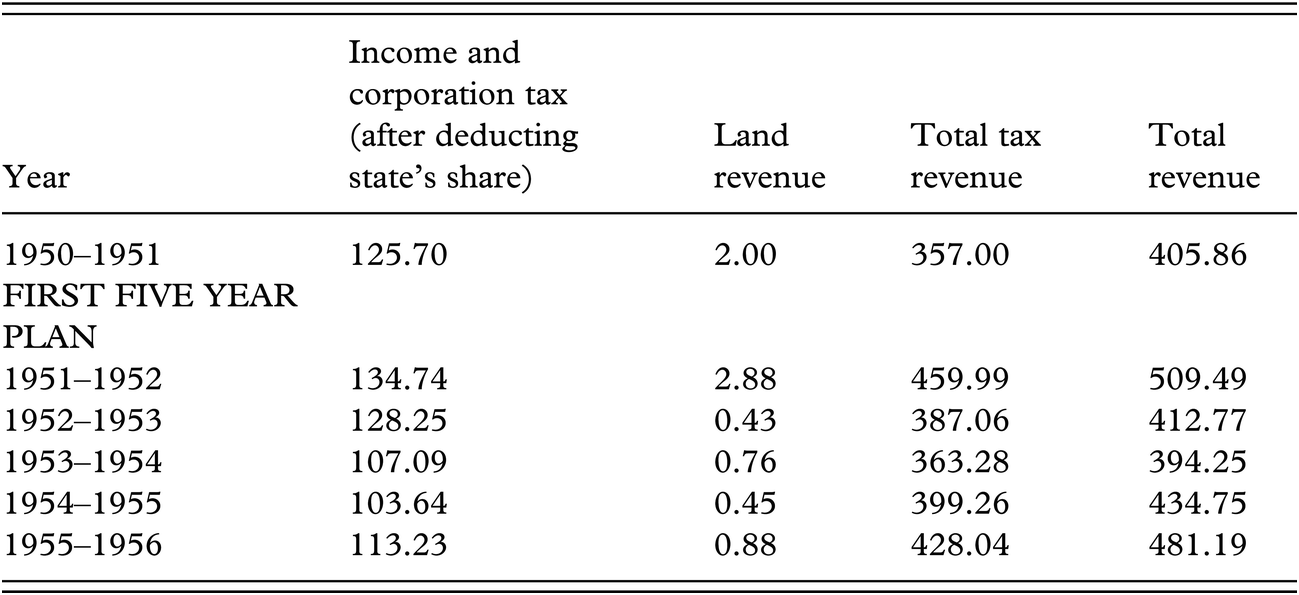- Hindu Law Bookshindu Law: Texts And Materials Worksheets
- Hindu Law Bookshindu Law: Texts And Materials Called
- Hindu Law Bookshindu Law: Texts And Materials Involved
- Hindu Law Bookshindu Law: Texts And Materials Worksheet
Family Law / Hindu Law – UNIT I — Revision Study Notes for LL.B
Introduction of the Hindu Law
'The Mahabharata is an important source of information on the development of Hinduism between 400 bce and 200 ce and is regarded by Hindus as both a text about dharma (Hindu moral law) and a history (itihasa, literally “that’s what happened”). The Dharmashastras (or Dharmasastras) are the ancient law books of Hindus, which prescribe moral laws and principles for religious duty and righteous conduct for the followers of the faith. They also formed the guidelines for their social and religious code of conduct Hindus in the past where Hindu rulers enforced the laws as part of their.
Concept of Dharma
Hindu Law is a body of principles or rules called ‘Dharma’. Dharma according to Hindu texts embraces everything in life. According to the Hindus, ‘Dharma’ includes not only what is known as law in the modern sense of the term but all rules of good and proper human conduct. Dharma is used to mean justice what is right in a given circumstance, moral, religious, pious or righteous conduct, being helpful to living beings and things, duty, law and usage or custom having in the force of law and also a valid Rajashasana
Origin of Hindu law
The Hindu system as modified through centuries has been in existence for over five thousand years and has continued to govern the social and moral patterns of Hindu life with harmonizing the diverse elements of Hindu cultural life. Magne says, “Hindu law has the oldest pedigree of any known system of Jurisprudence and even now it shows no signs of decrepitude“.
Nature and scope of Hindu Law
Hindu law, though believed to be of divine origin, is based essentially on immemorial custom and many of the acts of the people which were purely of a secular nature. But the secular nature of the acts have been modified to suit the religious preferences of a Brahmin community. With a desire to promote the special objects of religion or policy, they have used their intellectual superiority and religious influence to mold the customs of the people.
Who are Hindus
The term ‘Hindus’ denotes all those persons who profess Hindu religion either by birth from Hindu parents or by conversion to Hindu faith. In Yagnapurus dasji v. Muldas[AIR 1966 SC 1119], the Supreme Court accepted the working formula evolved by Tilak regarding Hindu religion that ‘acceptance of vedas’ with reverence, recognition of the fact that the number of Gods to be worshiped at large, that indeed is the distinguishing feature of Hindu religion.
In Shastri v Muldas SC AIR 1961, SC has held that various sub sects of Hindus such as Swaminarayan, Satsangis, Arya Samajis are also Hindus by religion because they follow the same basic concept of Hindu Philosophy. Converts and Reconverts are also Hindus.
If only one parent is a Hindu, the person can be a Hindu if he/she has been raised as a Hindu. In Sapna vs State of kerala, Kerala HC, the son of Hindu father and Christian mother was held to be a Christian

To whom Hindu Law apply
- Hindus by birth
- Off shoots of Hinduism
- Persons who are not Muslims, Christians, Parsis or Jews
- Converts to Hinduism
- Reconverts to Hinduism
- Harijans
- Aboriginal Tribes
To whom Hindu law does not apply
- to converts from the Hindu to the Mohammedan faith
- to the Hindu converts to Christianity
- to the illegitimate children of a Hindu father by Christian mother and who are brought up as Christians
Constitution of India and the Enactments under the Hindu Law
Presently, Hindu Law is applied through the Hindu Marriage Act, 1955; the Hindu Succession Act, 1956; the Hindu Minority and Guardianship Act, 1956; and the Hindu Adoptions and Maintenance Act, 1956
Constitutional enactments are:
- Hindu Women’s Rights to Property Act, 1937
- Hindu Succession Act, 1956
Impact of Hindu Law Enactments in Fundamental Rights
Several principles of Hindu Law have been held invalid on the ground that they infringe the Fundamental Rights. For example, the rule of Damdupat is hit by Article 15(1) of the Constitution and as such would be void under Article 13(1).
Sources of Hindu Law
Ancient Sources
Before the codification of Hindu Law, the ancient literature was the only source of the law. These sources can be divided into four categories:
01. Shruti (Vedas)
Shruti means “what is heard”. It is believed that the rishis and munis had reached the height of spirituality where they were revealed the knowledge of Vedas. Thus, shrutis include the four vedas – rig, yajur, sam, and athrava along with their brahmanas. The brahmanas are like the apendices to the Vedas. Vedas primarily contain theories about sacrifices, rituals, and customs.
02. Smritis
Smriti means “what is remembered”. With Smritis, a systematic study and teaching of Vedas started. Many sages, from time to time, have written down the concepts given in Vedas. So it can be said that Smritis are a written memoir of the knowledge of the sages. Immediately after the Vedic period, a need for the regulation of the society arose.
- Dharmasutras: The Dharmansutras were written during 800 to 200 BC. They were mostly written in prose form but also contain verses. It is clear that they were meant to be training manuals of sages for teaching students.
- Dharmashastras: Dharmashastras were mostly in metrical verses and were based of Dharmasutras. However, they were a lot more systematic and clear.
- Manusmriti: This is the earliest and most important of all. It is not only defined the way of life in India but is also well know in Java, Bali, and Sumatra. The name of the real author is not known because the author has written it under the mythical name of Manu, who is considered to the the first human.
- Yajnavalkya Smriti: Though written after Manusmriti, this is a very important smriti. Its language is very direct and clear. It is also a lot more logical. He also gives a lot of importance to customs but hold the king to be below the law.
- Narada Smriti: Narada was from Nepal and this smriti is well preserved and its complete text is available. This is the only smriti that does not deal with religion and morality at all but concentrates only on civil law.
03. Commenatries and Digests
After 200 AD, most the of work was done only on the existing material given in Smrutis. The work done to explain a particular smriti is called a commentary. Commentaries were composed in the period immediately after 200 AD. Digests were mainly written after that and incorporated and explained material from all the smruitis. As noted ealier, some of the commentaries were, manubhashya, manutika, and mitakshara. While the most important digest is Jimutvahan’s Dayabhag that is applicable in the Bengal and Orissa area. Mitakshara literally means ‘New Word’ and is paramount source of law in all of India.
04. Customs
Most of the Hindu law is based on customs and practices followed by the people all across the country. Even smrutis have given importance to customs. They have held customs as transcendent law and have advised the Kings to give decisions based on customs after due religious consideration. Customs are of four types:
- Local Custom: These are the customs that are followed in a given geographical area.
- Family Custom: These are the customs that are followed by a family from a long time. These are applicable to families where ever they live.
- Class or Caste Custom: These are the customs that are followed by a particular cast or community. It is binding on the members of that community or caste. By far, this is one of the most important source of laws.
- Guild Custom: These are the customs that are followed by traders.
Requirements for a valid custom
- Ancient
- Continuous
- Certain
- Reasonable
- Not against morality
- Not against public policy
- Not against any law
Proof of Custom
The burden of proving a custom is on the person who alleges it. Usually, customs are proved by instances. In the case of Prakash vs Parmeshwari, it was held that one instance does not prove a custom. However, in the case of Ujagar vs Jeo, it was held that if a custom has been brought to notice of the court repeated, no further proof is required.

Usage and Custom
The term custom and usage is commonly used in commercial law, but “custom” and “usage” can be distinguished. A usage is a repetition of acts whereas custom is the law or general rule that arises from such repetition. A usage may exist without a custom, but a custom cannot arise without a usage accompanying it or preceding it. Usage derives its authority from the assent of the parties to a transaction and is applicable only to consensual arrangements. Custom derives its authority from its adoption into the law and is binding regardless of any acts of assent by the parties. In modern law, however, the two principles are often merged into one by the courts.

Modern Sources
Judicial Decisions (Precedents)
The doctrine of stare decisis started in India from the British rule. All cases are now recorded and new cases are decided based on existing case laws.Today, the judgment of SC is binding on all courts across India and the judgment of HC is binding on all courts in that state.
Legislatures / Statutes (Codification of Hindu Law)

In modern society, this is the only way to bring in new laws. The parliament, in accordance with the needs society, constitutes new laws. For example, a new way of performing Hindu marriages in Tamil Nadu that got rid of rituals and priests was rejected by the SC on the basis that new customs cannot be invented. However, TN later passed an act that recognized these marriages.
Justice, equity and good conscience
Equity means fairness in dealing. Modern judicial systems greatly rely on being impartial. True justice can only be delivered through equity and good conscience. In a situation where no rule is given, a sense of ‘reasonableness’ must prevail. According to Gautama, in such situation, the decision should be given that is acceptable to at least ten people who are knowledgeable in shastras. Yagyavalkya has said that where ever there are conflicting rules, the decision must be based on ‘Nyaya’.
Schools of Hindu Law
Due to the emergence of various commentaries on SMIRITI and SRUTI, different schools of thoughts arose. The commentary in one part of the country varied from the commentary in the other parts of the country.
Hindu Law Bookshindu Law: Texts And Materials Worksheets
The Mitakshara School
The Mitakshara School exists throughout India except in the State of Bengal and Assam. The Yagna Valkya Smriti was commented on by Vigneshwara under the title Mitakshara. The followers of Mitakshara are grouped together under the Mitakshara School.
Mitakshara school is based on the code of yagnavalkya commented by vigneshwara, a great thinker and a law maker from Gulbarga, Karnataka. The Inheritance is based on the principle or propinquity i.e. the nearest in blood relationship will get the property.
The school is followed throughout India except Bengal state. Sapinda relationship is of blood. The right to Hindu joint family property is by birth. So, a son immediately after birth gets a right to the property.
- Dravidian School Of Thought (Madras School)
- Maharashtra School (Bombay School Of Thought)
- Banaras School Of Thought
- Mithila School Of Thought
The Dayabhaga School
It exists in Bengal and Assam only. The Yagna Valkya smriti is commented on by Jimootavagana under the title Dayabhaga. It has no sub-school. it differs from Mistakshara School in many respects.
Dayabhaga School is based on the code of yagnavalkya commented by Jimutuvahana, Inheritance is based on the principle of spiritual benefit. It arises by pinda offering i.e. rice ball offering to deceased ancestors.

Hindu Law Bookshindu Law: Texts And Materials Called
This school is followed in Bengal state only. Sapinda relation is by pinda offerings.
The right to Hindu joint family property is not by birth but only on the death of the father.
Hindu Law Bookshindu Law: Texts And Materials Involved
The system of devolution of property is by inheritance. The legal heirs (sons) have definite shares after the death of the father.